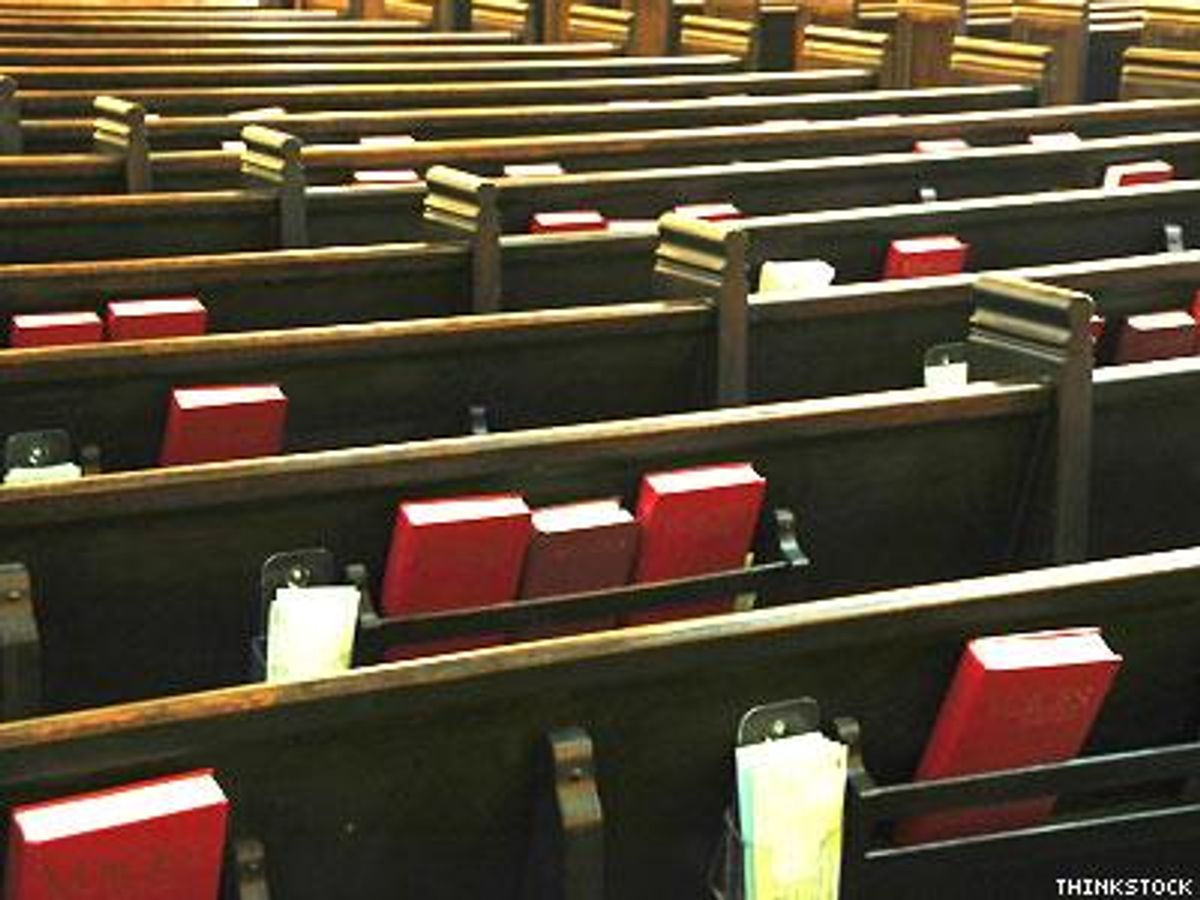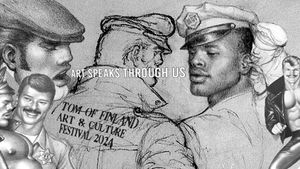The Religious Institute, a multifaith organization dedicated to advocating for sexual health, education, and justice in faith communities and society, has released a guidebook for inclusive religious spaces of those with fluid sexualities. The guide book, Bisexuality: Making the Invisible the Visible in Faith Communities, aims to aid congregation's minister to bisexual people and their families.
This first of its kind book urges faith leaders to break the silence on bisexuality and fully welcome bisexual people into their congregations. It's particularly timely because while the LGBT movement has seen great progress in recent years-- with marriage equality taking center stage -- even that conversation has largely been limited to couples in which both partners identify as gay or lesbian. There has been little to no conversation on same-sex or opposite sex marriages in which one or both individuals identify as bisexual, nor larger attention paid to other issues of relevance to bisexual people.
Questions that the guidebook aims to answer include: How can a congregation become welcoming and inclusive of bisexuals? What does Scripture say about bisexuality? Can a minister or rabbi be openly bisexual and serve a congregation?
 "The invisibility and even direct silencing of bisexual people can lead to great harm," said Marie Alford-Harkey, co-author and deputy director of the Religious Institute. "In the silence, bisexual people are left wondering who will stand with them. Both in the faith world and the LGBT world there are great gaps in understanding. This guide can help religious and movement leaders to serve the whole community."
"The invisibility and even direct silencing of bisexual people can lead to great harm," said Marie Alford-Harkey, co-author and deputy director of the Religious Institute. "In the silence, bisexual people are left wondering who will stand with them. Both in the faith world and the LGBT world there are great gaps in understanding. This guide can help religious and movement leaders to serve the whole community."
It's a multi faith compilation full of stories and resources that'll help religious communities take the necessary steps towards full inclusion of sexual and gender minorities.
"It took me decades to see that I am bisexual--a person capable of enduring, intimate relationships with either a man or a woman," said Rev. Janet Edwards, a leader in the Presbyterian Church (USA), which recently voted in favor of same-sex marriages. "Bisexual people often feel like strangers among lesbian, gay, and transgender communities as much as among straight people. Our fullness can quickly get lost -- even more so in the faith world. This guide will help congregations build healthy faith communities where bisexual people will feel embraced as God's beloved children. I rejoice in its completion and hope many use it."
Copies of Bisexuality: Making the Invisible Visible in Faith Communities are available from the Religious Insitute and at Amazon.com.


 "The invisibility and even direct silencing of bisexual people can lead to great harm," said Marie Alford-Harkey, co-author and deputy director of the Religious Institute. "In the silence, bisexual people are left wondering who will stand with them. Both in the faith world and the LGBT world there are great gaps in understanding. This guide can help religious and movement leaders to serve the whole community."
"The invisibility and even direct silencing of bisexual people can lead to great harm," said Marie Alford-Harkey, co-author and deputy director of the Religious Institute. "In the silence, bisexual people are left wondering who will stand with them. Both in the faith world and the LGBT world there are great gaps in understanding. This guide can help religious and movement leaders to serve the whole community."















































































